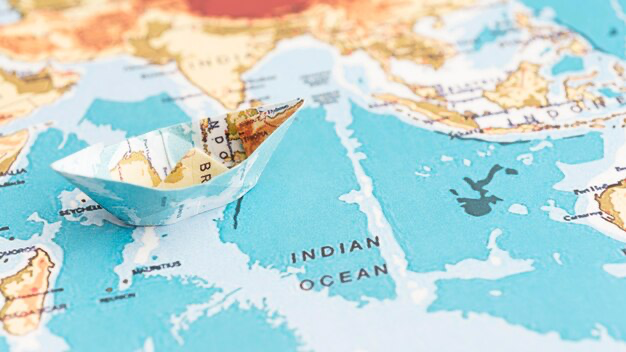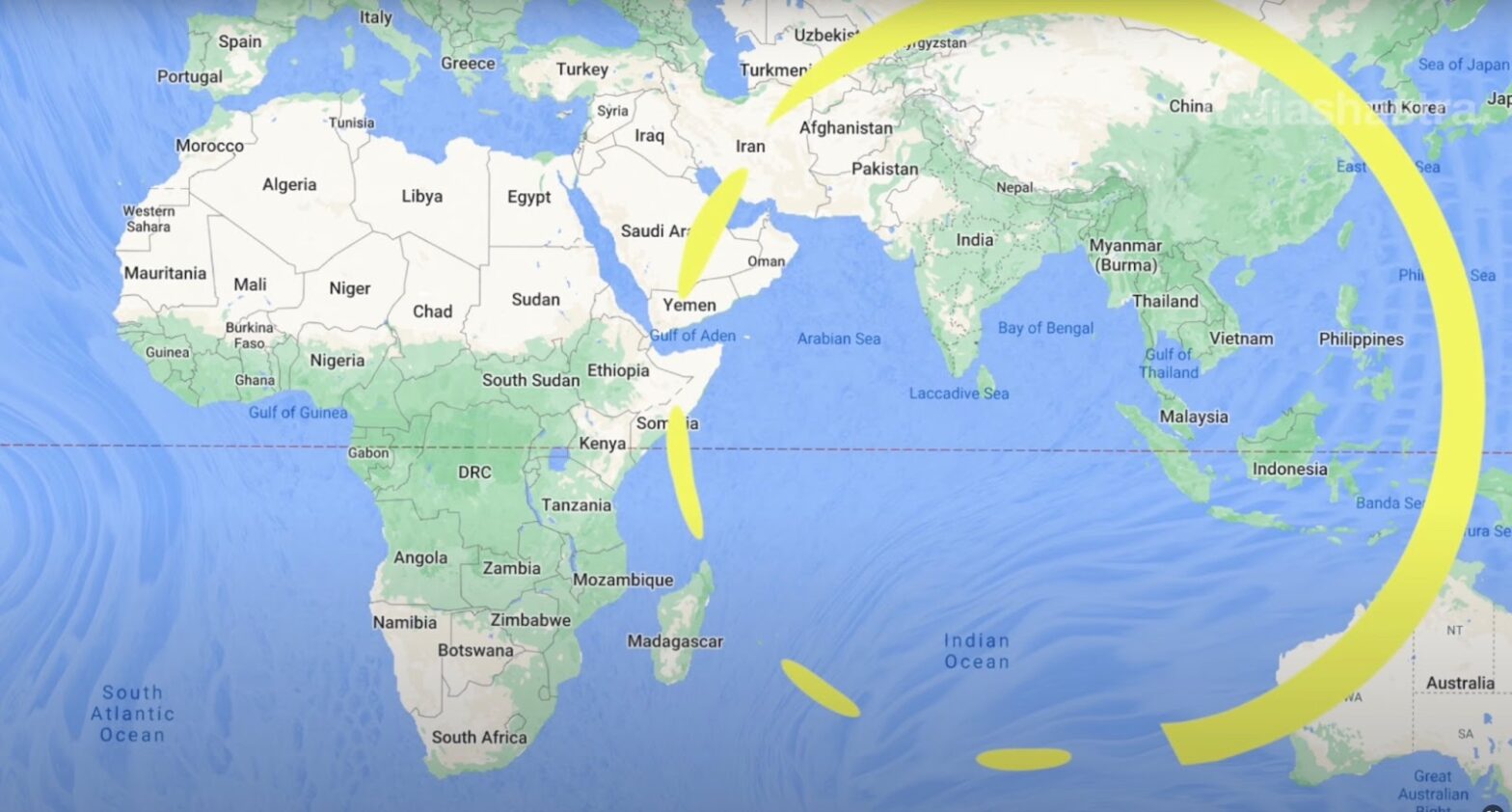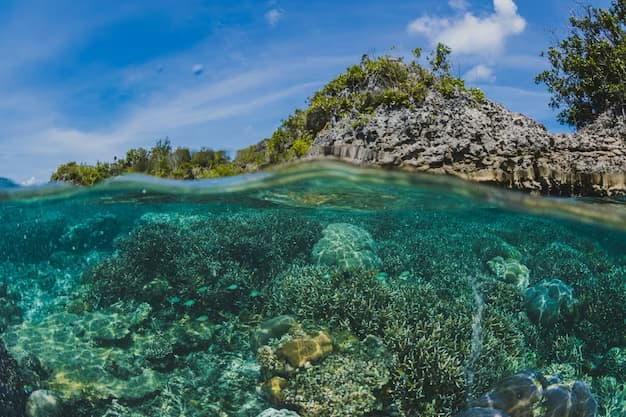The Indian Ocean, the third largest of the world’s five oceans, is a vast body of water that plays a crucial role in global geography, climate, and economy. Named after the country of India, it covers approximately 20% of the Earth’s water and is bordered by Asia to the north, Antarctica to the south, Australia to the east, and Africa to the west. This article aims to provide an in-depth exploration of the Indian Ocean, delving into its geography, climate, and economic significance, while also addressing the question “where is the Indian Ocean on a map?”.
Geography: Above and Below the Surface
Continental Edges and Islands
The Indian Ocean is surrounded by a number of islands and coastal regions, contributing to its rich geographical diversity. Major island nations such as Madagascar, Comoros, Seychelles, Maldives, Mauritius, and Sri Lanka line the continental edges of the ocean, each offering unique ecosystems and cultural heritage. These islands not only add to the scenic beauty of the region but also play a significant role in the ocean’s biodiversity and maritime history.
Major Island Nations in the Indian Ocean
| Island Nation | Location |
|---|---|
| Madagascar | Off the southeastern coast of Africa |
| Comoros | Between Mozambique and Madagascar |
| Seychelles | Northeast of Madagascar |
| Maldives | Southwest of Sri Lanka |
| Mauritius | East of Madagascar |
| Sri Lanka | South of India |
River Systems and Ocean Floor
Several large rivers flow into the Indian Ocean, shaping its coastal landscapes and influencing marine life. The Indus, Ganges, Zambezi, Shatt al-Arab, Narmada, Brahmaputra, Jubba, and Irrawaddy rivers are among the prominent contributors to the ocean’s freshwater input. Beneath the surface, the Indian Ocean features active spreading ridges that are part of the global mid-ocean ridge system.
Climate
The Indian Ocean is known for being the warmest ocean in the world, with its climate significantly impacting regional weather patterns and global phenomena such as monsoons. The ocean’s temperature and currents play a crucial role in regulating the climate of the surrounding continents, influencing rainfall patterns and seasonal variations. Additionally, the Indian Ocean Dipole, a climate phenomenon characterized by temperature differences between the eastern and western parts of the ocean, affects weather conditions in adjacent landmasses, making it a key factor in regional climate dynamics.

Economy/Trade
The Indian Ocean holds immense economic significance, serving as a vital trade route and a source of valuable resources. Its strategic location has facilitated maritime trade and cultural exchange for centuries, contributing to the development of civilizations and the global economy. Furthermore, the ocean’s rich biodiversity and natural resources have made it a focal point for fishing, energy exploration, and tourism, driving economic activities across the region.
Maritime Trade Routes
The Indian Ocean has historically been a major thoroughfare for international trade, connecting the economies of Asia, Africa, and the Middle East. The ocean’s strategic position has led to the development of key trade routes, such as the ancient Spice Route and the modern-day Suez Canal, which continue to shape global commerce and logistics.
Major Maritime Trade Routes in the Indian Ocean
| Trade Route | Description |
|---|---|
| Ancient Spice Route | Historical trade route connecting Asia, Africa, and Europe, facilitating the exchange of spices, textiles, and other commodities. |
| Suez Canal | Artificial waterway linking the Mediterranean Sea to the Red Sea, providing a shortcut for maritime trade between Europe and Asia. |
Natural Resources and Economic Activities
The Indian Ocean region is abundant in natural resources, including fisheries, minerals, and hydrocarbons, which support various economic sectors. Fishing is a significant source of livelihood for coastal communities, while offshore oil and gas exploration contribute to energy production and export. Additionally, the ocean’s picturesque coastlines and diverse marine life attract tourists from around the world, bolstering the hospitality and leisure industries.
Key Economic Activities in the Indian Ocean Region
- Fishing Industry: Coastal nations rely on the ocean’s rich fish stocks for sustenance and commercial fishing, contributing to food security and economic growth;
- Energy Exploration: Offshore drilling and extraction of oil and natural gas play a pivotal role in meeting global energy demands and driving economic development in the region;
- Tourism and Hospitality: The scenic beaches, coral reefs, and cultural attractions of Indian Ocean destinations attract millions of tourists annually, supporting local economies and employment.
Conclusion
In conclusion, the Indian Ocean stands as a dynamic and indispensable component of the global landscape, exerting influence on geography, climate, and economic activities across its vast expanse. From its diverse islands and river systems to its pivotal role in shaping regional climates and facilitating international trade, the Indian Ocean continues to be a source of fascination and importance for humanity. Understanding the multifaceted nature of this oceanic realm is essential for appreciating its significance and ensuring sustainable management for future generations.



